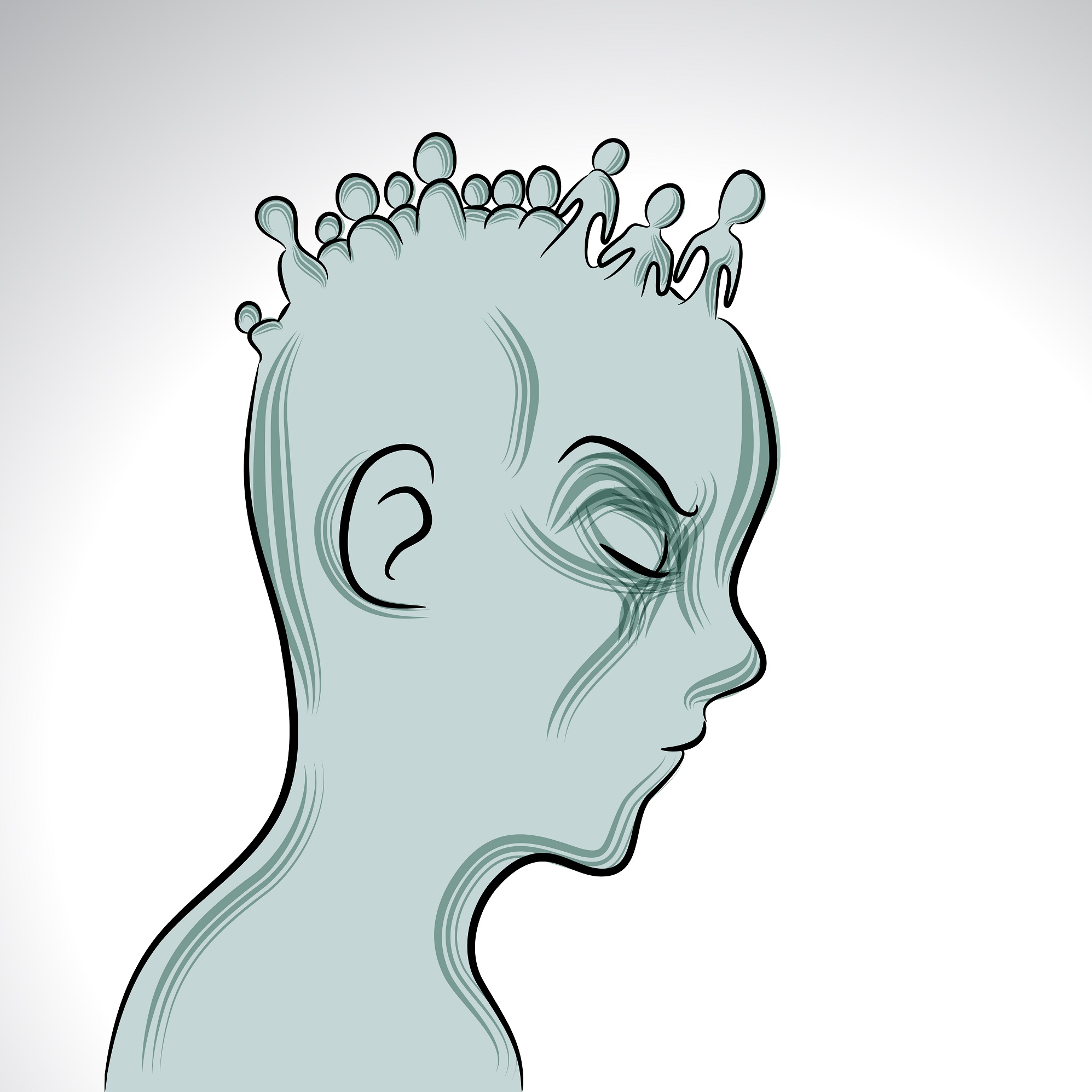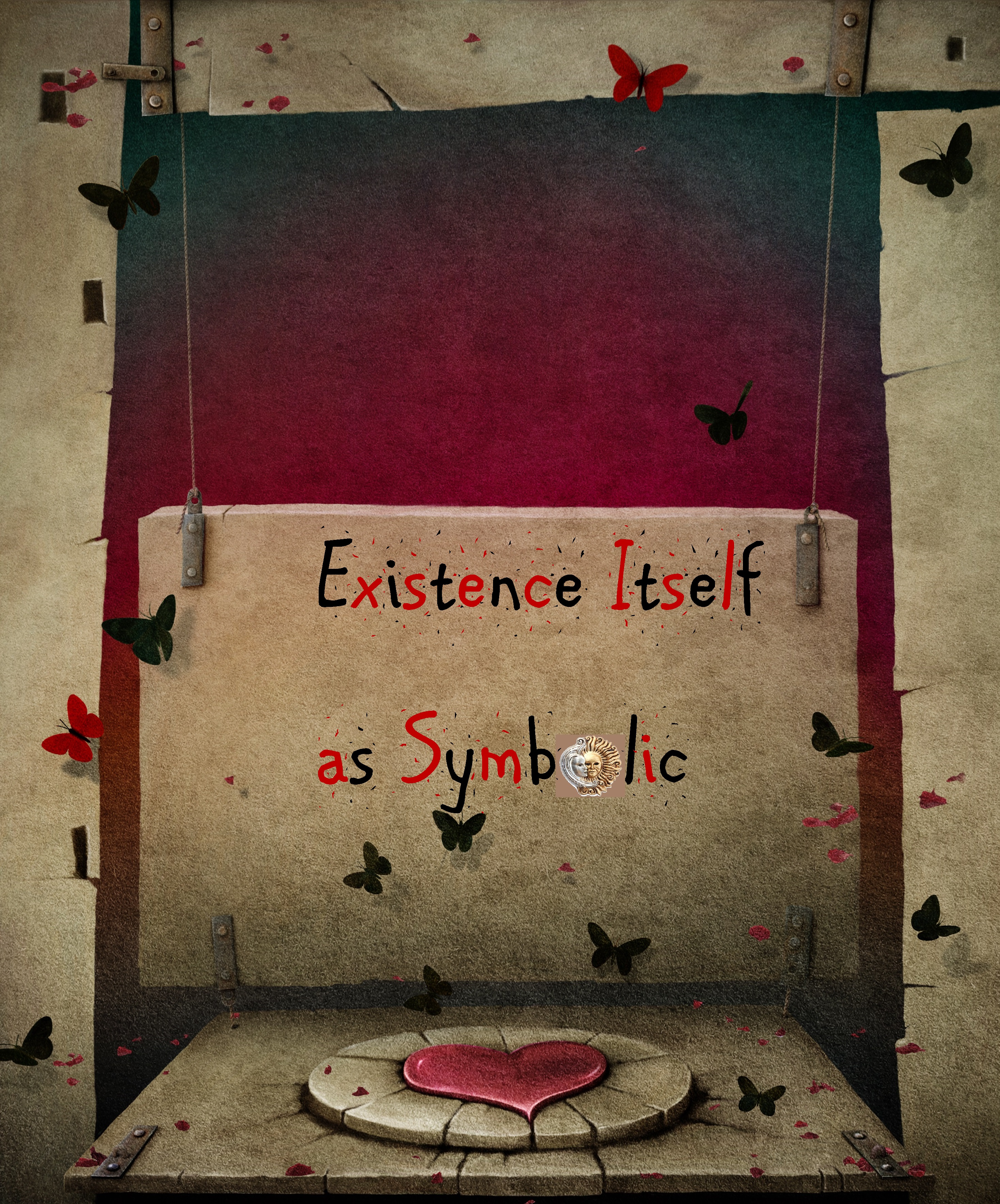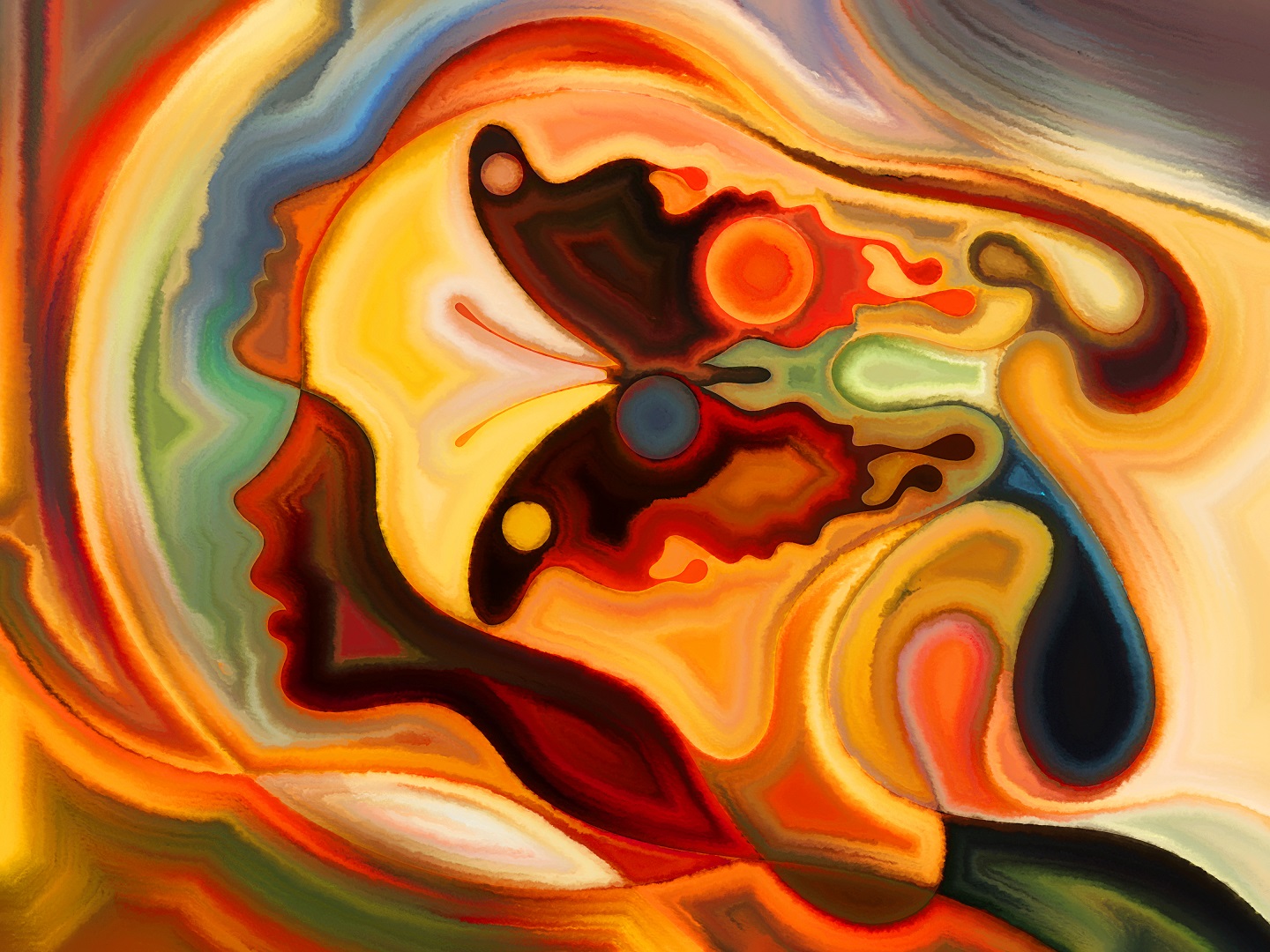
Hysterical neurosis gradually receded from the clinical arena in the early twentieth century and patients suffering from complex conditions like multiple personality, bifurcations of consciousness, and other cognitive disintegrations were hastily lumped into the reductive Kraepelin dichotomy of Dementia praecox, a psychiatric taxonomy that was later reamalgamated under the psychotic disorder schizophrenia. Even though the decades that followed were rife with diagnostic obfuscation and the consolidation of psychoanalysis, there was a coterie of psychoanalysts that ignored Freud’s contemptuous attitude towards Janetian dissociation, “the splitting not merely of psychical activity but of consciousness” believed by many nineteenth century theorists to underlie dissociative amnesia and alterations in consciousness. Many argued that dissociation should not be dismissed from the diagnostic curriculum because it was a normative mental capacity whose most severe manifestations were readily consignable to psychological trauma endured during one’s formative years. Assimilating this postpsychoanalytic belief along with ideas of psychic splitting mentioned by Morton Prince in his expose on personality structure, the psychiatrist Sandor Ferenczi (1873-1933) laid the fundamentals for the same posttraumatic model of dissociation and Dissociative Identity Disorder (DID) utilized by clinicians today. He unequivocally states that, “If the shocks increase in number during the development of the child, the number and the various kinds of splits in the personality increase too, and soon it becomes extremely difficult to maintain contact without confusion with all the fragments, each of which behaves as a separate personality yet does not know of even the existence of the others.”
Ferenczi was also the first psychoanalyst to offer a tangible explanation of defense dissociation as an intrinsic mechanism of the evolving personality that dampened traumatizing affect once the respective pain repositories had been trampled on like land mines. “To Fereczi, the dissociated state included more than a set of associatively isolated traumatic memories; he described the dissociated state as a whole person, a child, and the delirious quality of that child as a reactivation in the treatment setting of the traumatically overstimulating situation.” This critical insight implied that dissociation played a much grander role in the analytic transference than formerly supposed, and offered an unprecedented reconciliation of the hitherto antithetical positions of Freudian repression and Janetian dissociation that the pioneers themselves failed to actualize. By introducing a psychoanalytic technique built precariously on “repetition compulsion” and “interpretation of resistance to unconscious conflict” to a prepsychoanalytic pathological conception where split off aspects of mind are able to coexist within the physical body as discontinuous, hypnoid, shifting self-states equipped with their own level of cognition and perception, Ferenczi could then conjecture that regressive penetration, acknowledgement, and abridgment of all disassociated self-states hewn from the disturbing past was the key to the therapeutic mystery. There is a great deal of common sense in this assessment; when walls separating a multifarious, non-communicating conglomeration of experientially encapsulated ‘truths’ are eliminated through psychotherapeutic enactment, the vortices of intrapsychic conflict within oneself enable traumatic fragments to be re-experienced in first-person. After such a breakthrough, the traumatizing affect is no longer indigenous to self-states perceived as ‘other’; it joins the trunk personality and becomes part of a single autobiographical truth. Resynthesis initiated via the analytic transference is curative because it allows the fragmented self-states to recrystallize under the experience of ‘I’, a welcomed return to conscious singularity again. We owe this understanding of how contemporary clinical techniques contribute to the healing of the splits in patients suffering from dissociative multiplicity to Sandor Ferecnzi.
Following in the footsteps of Ferenczi, American psychiatrist Herbert Spiegel (1914-2009) conceived of dissociation as a fragmentation process instigated by psychological defenses against fear, anxiety, instinctual demands, and instinctual conflicts. Unlike Freud who had placed his entire faith on the defense mechanism of repression, Spiegel posited that the latter was merely a subdivision in a dynamic dissociation-association continuum that could explain the full scale of psychological experience and psychospiritual growth–everything from constricted awareness and cognitive adaptation to the resynthesis of dissociated states and the immediate inflations in creativity, imagination, and awareness that came with it. Dissociation remained the exclusive domain of the clinical world until the late 1960s whereupon it broadened exponentially to include phenomenal, nonpathological alterations of consciousness like daydreaming, dreaming, and hypnagogic states. Stimulated by academic and nonclinical fascination in dissociative-like phenomena, the concept was now used to denote experiences entailing an integrative breakdown or experiences disallowing sensory stimuli from entering mentation. Incidentally, this diagnostic criterion happens to be central to the definition of dissociation afforded by the American Psychiatric Association (APA). Perhaps the induction of altered states of consciousness into the dissociation-association continuum is best expressed in the first chapter of Charles Tart’s Altered States of Consciousness (1969) where the former are described as, “any mental state(s), induced by various physiological, psychological or pharmacological maneuvers or agents, which can be recognized subjectively by the individual himself (or by an objective observer of that individual) as representing a sufficient deviation in subjective experience or psychological functioning from certain general norms for that individual during alert, waking consciousness. This sufficient deviation may be represented by a greater preoccupation than usual with internal sensations or mental processes, changes in the formal characteristics of thought, and impairments of reality testing to various degrees.”
The subsequent decade saw the diffusion of several important publications: a groundbreaking empirical study on the transmission of mental content across dissociative barriers in patients suffering from multiple personality; a clinical paper on treatment methodologies for multiple personality; and a book on the case of Sybil Dorsett, often prided as the most celebrated case of dissociative multiplicity in history. First coming into the public eye in 1973, Sybil Dorsett’s circumstances aroused something akin to the fin–de-siècle fascination with splitting of consciousness because it involved the development of sixteen personalities or alter egos, an amount unparalleled for its time. Among them were two male selves, a carpenter and a handyman named Mike and Sid Dorsett; Ruthie Dorsett, a two-year old baby; Marcia Lynn Dorsett, a very emotional artist; and a confident and erudite young French girl called Victoria Antoinette Scharleau. It took her psychotherapist Dr. Cornelia B. Wilber eleven years to undo the damage inflicted upon her by her psychotic mother and reintegrate the entities back into a single personality.
Some four years after Sybil came to light an American psychologist specializing in hypnotic techniques named Ernest Hilgard (1904-2001) designed and carried out a referential experiment aiming to investigate whether analgesia for cold-presser pain in hypnotized subjects might be detected by some uneclipsed portion of consciousness. To his delight, he discovered that some subconscious facet of the hypnotized individual does remain awake and is able to convey the apprehension that comes with experiencing physical pain either through written or verbal communication. This research offered up experiential evidence in support of his neo-dissociation, a model different from Janet’s classical model in that it rescinded conceptual focus from psychic structure and somnambulistic phenomena and reassigned it to any underlying mentation that might explain concurrent activities undirected by the conscious like engaging in conversation whilst changing gears in a manual car or singing while enacting complicated set of dance moves. Following developments in science, Hilgard orientated neo-dissociation theory towards dual cognition and the underlying neural mechanisms that might be held accountable for it. He also attempted a venture into the clinical arena, reasoning that the synchronized performance of two activities explicable in terms of neo-dissociation could probably be applied in the understanding of psychopathological splitting such as that purported to occur in multiple personality. It should be mentioned, however, that Hilgard conducted his horde of experimentations and hypnosis research in order to authenticate his intuitive leanings toward the ‘hidden observer’ phenomenon; the metaphysical assumption that our field of presentation is shared by another being, a ‘transcendental ego’ as it were. At any rate by the end of the 1970s, the renaissance and rejuvenation of dissociation was complete.









